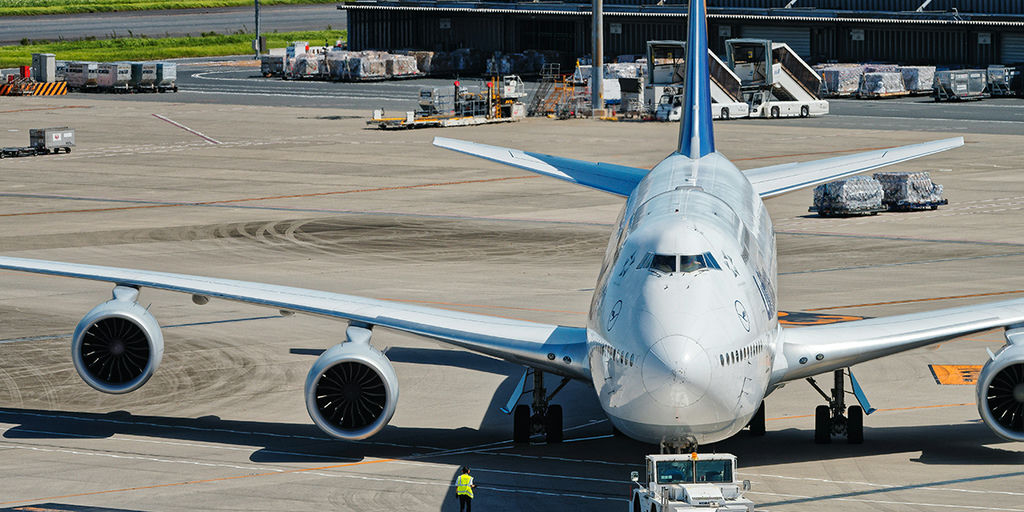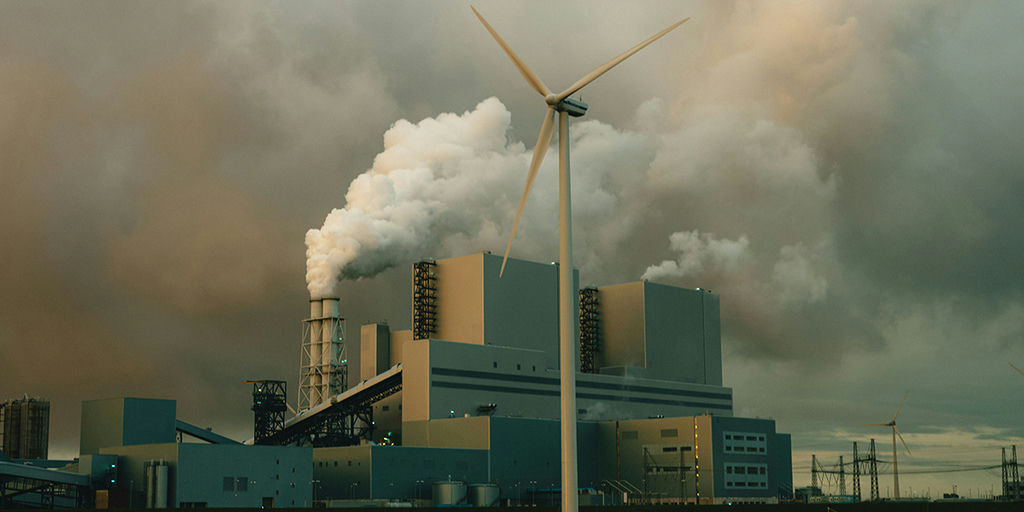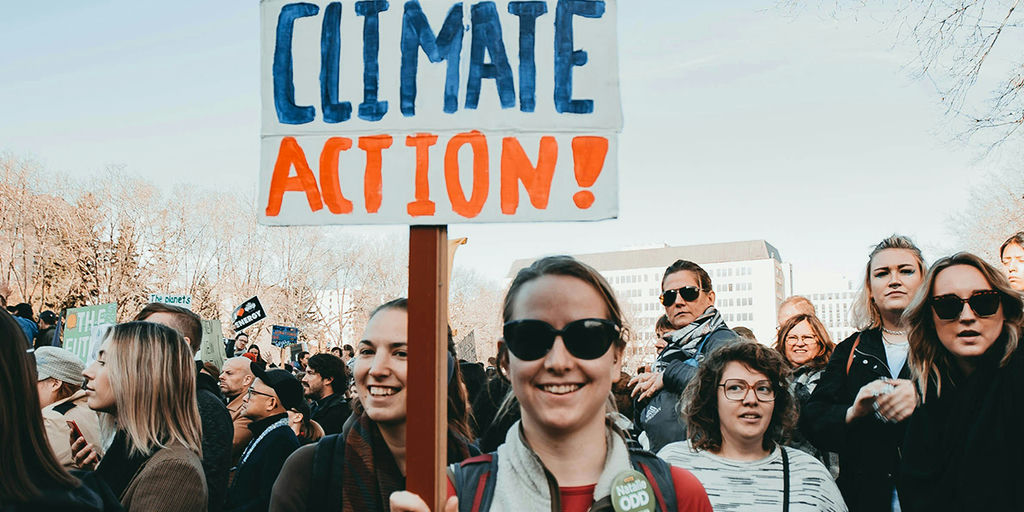Making Sustainable Aviation Fuel Sustainable

Image Source: Takashi Miyazaki/Unsplash
Sustainability has become a central tenet of efforts across numerous industries seeking to reduce their contributions to climate change, from agriculture to construction to food and beverage - to aviation.
Like efforts in those other industries, there are many obstacles to widespread production and use of sustainable aviation fuel (SAF). To start, even the projected doubling of SAF production in 2025, to 2 million tonnes, would comprise just 0.7% of airline fuel need for the year, the International Air Transport Association said (as reported by Airways_ _magazine). And even that amount would increase airlines’ fuel bills by $4.4 billion, illustrating the need to grow production and reduce costs if SAF is to be made economically viable.
Sustainable aviation fuel is produced using feedstocks that do not include petroleum in order to lower greenhouse gas emissions from air transportation, according to the U.S. Department of Energy’s Alternative Fuels Data Center. While aviation represents just 2% of global carbon dioxide emissions, it comprises 12% of those emissions from the transportation sector.
As of mid-2024, 18 companies were producing SAF and another 170 had announced plans for production, according to Sustainable Aviation Futures. The list of existing production pathways is shorter but extremely technical (for example, terms like “Fischer-Tropsch (FT) Synthetic Paraffinic Kerosene”).
The Biden administration included programs to drive up production of sustainable aviation fuel among a swath of initiatives aimed at reducing emissions and curbing climate change. That included, starting in 2021, an SAF Grand Challenge to promote use of the fuel alongside three primary objectives: reducing life-cycle emissions by at least half compared to standard jet fuel; domestically produce three billion gallons of SAF annually by 2030; and increase that to 35 billion gallons by 2050 to meet domestic need.
Following Donald Trump’s re-election as president in November 2024, the Department of Energy is still working on synthetic aviation fuel in collaboration with the Department of Agriculture and Federal Aviation Administration, a DOE spokesperson said. “These efforts support the President’s Executive Order to Unleash American Energy Dominance, which calls out biofuels as a priority resource. DOE aims to increase the production of affordable, domestically produced fuels, create more export opportunities and fuel choices, support American farmers, and lower energy costs. Although DOE no longer uses the title ‘Sustainable Aviation Fuel Grand Challenge,’ the Department will continue working with industry, researchers, and other agencies to meet these objectives."
The Biden administration’s landmark Inflation Reduction Act also provided tax credits for production of SAF - currently the Section 45Z program that ramps up from $0.11 per gallon for fuel that cuts life-cycle emissions by half to $1.75 for zero-emission aviation fuel. Section 45Z, the Clean Fuel Production Credit, is scheduled to continue at least through the end of 2027. Surprisingly, given the Trump administration’s dismissal of climate change and clean energy, the version of its “One Big Beautiful” tax bill passed by the House of Representatives in May would extend the credit program to Dec. 31, 2031.
The list of SAF feedstocks is long: corn grain; algae; various fats, oils, and greases; waste from wood mills; manure and other wet wastes; and energy crops. They could be blended at different levels with today’s industry-standard Conventional Jet A fuel. Crops grown specifically as feedstock for sustainable aviation fuel could comprise most of the supply in the next six to 10 years, Adam Klauber, vice president, sustainability and digital supply chain at SAF producer World Energy, said in an article published in May by the Trellis Group.
This trend, though, would undermine the sustainability of sustainable aviation fuel, according to the World Resources Institute (WRI). “Because the amount of the aviation fuel tax credits is based on the life cycle greenhouse gas emissions of the alternative fuel, the method used to calculate life cycle emissions is crucial,” the nongovernmental climate research organization stated in a January 2025 expert note. “If this calculation underestimates increased emissions and other environmental consequences of land-use change, then the tax credits could be counterproductive. Aviation fuel made from food and feed crops is currently the most technologically mature and least expensive alternative to petroleum jet fuel. The problem is that it raises food prices and does not meaningfully lower carbon emissions from aviation when land use impacts are considered - instead, likely increasing emissions.”
The Department of Energy projects that by 2030 effectively all U.S.-supplied alternative jet fuel will be derived from two crop-intensive sources, WRI said: hydroprocessing of used fats, oils, and greases, along with virgin vegetable oil, and converting corn alcohol or other alcohol types. Using soybeans and corn that would otherwise go to food and feed markets - which the WRI authors, U.S. director Dan Lashof and research associate Audrey Denvir, cited as the leading U.S. approach today - increases the cost of food and promotes deforestation, reduction in biodiversity, and emissions due to changing land uses, the report says.
The Treasury Department’s tax-credit program allows SAF producers to apply models “that include unrealistically low estimates of land-use change emissions from using food and feed crops,” WRI asserts. Specifically, the agency’s “guidance for implementing the credits for Section 45Z allows the use of an alternative model that yields lower estimates for life cycle emissions than the approach adopted by [the International Civil Aviation Organization]. Instead of correcting this problem, the revisions to the 45Z tax credit passed by the House would move in the opposite direction - eliminating any accounting for indirect land use change in estimates of life cycle emissions from alternative aviation fuels.”
Lashof and Denvir urged federal and state governments to focus on SAF feedstocks and technologies that avoid those food and land-use risks. For feedstocks, the report highlights waste biomass, carbon collected from the atmosphere, and clean hydrogen. Preferable technologies include biomass gasification and using clean hydrogen and captured carbon dioxide to produce electrofuels.
In a separate working report issued in May, the World Resources Institute said use of biomass - which it defines as “any material of a biogenic origin, including woody crops, perennial herbaceous crops, food crops, forestry residues, certain municipal wastes, and agricultural residues” - for aviation fuel must be conducted carefully.
“Crop-based biofuels, such as corn ethanol or soybean oil aviation fuel, are not effective uses of biomass for decarbonization,” the report says. “When the land-use cost is considered, it is clear that biofuels do not provide reduced greenhouse gas emissions over fossil fuels.”
The World Resource Institute said its modeling for carbon opportunity cost for using corn and soybeans as feedstock for energy rather than food - based on data from the Department of Energy’s Lawrence Livermore National Laboratory - resulted in figures several multiples higher than the land use to biofuels figures applied by the federal Renewable Fuel Standard and California’s Low Carbon Fuel Standard. For corn ethanol, a land-use emissions intensity of 103.6 grams of carbon dioxide equivalent per megajoule, compared to the Renewable Fuel Standard’s indirect land-use change emissions factor of 32 and the Low Carbon Fuel Standard’s 28; for soy bio-based diesel, 180.4, compared respectively to 36 for the federal standard and 29 for the state standard.
Speaking to Trellis, Klauber pushed back forcefully against the WRI position. “Context is everything,” the executive said, saying WRI researchers had applied a carbon intensity figure for soy production that was significantly elevated when compared to the figure employed by separate academic and environmental organizations. The farming approach should also be considered, Klauber added, noting the potential to grow biofuels at the same time or place as food crops, or during seasons when those food crops are not being cultivated.
“That is broadly accepted as a sustainable practice, but it’s not yet at commercial scale,” Klauber said. “We’re working to increase that, because that really will be a way to increase the productivity of land without impacting food.”
Consumers can take many actions to reduce their own transport and travel emissions. Earth Hero offers some recommendations here.

